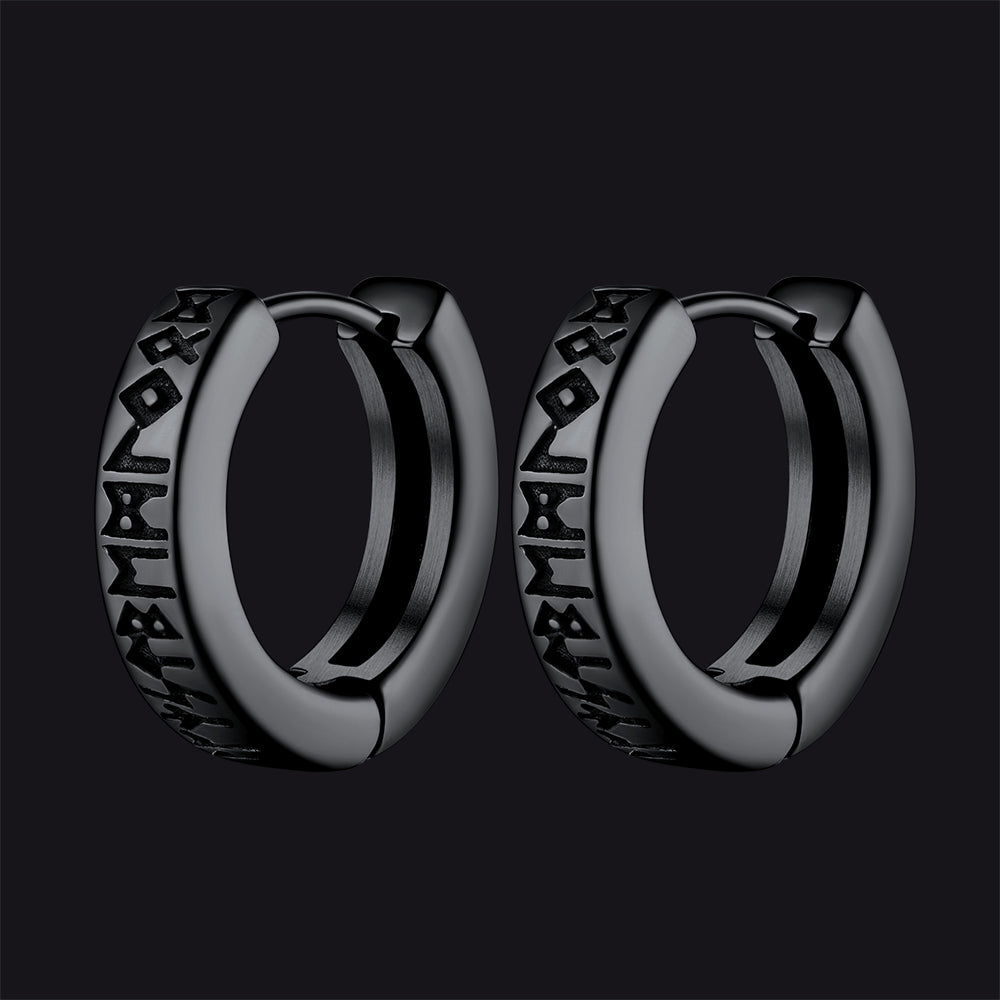Viking Jewelry Designs and Meanings: How to Find the Perfect Piece for Your Style
Viking jewelry has a striking look that combines bold shapes with rich symbolism. These pieces originated between the 8th and 11th centuries and were made from silver, bronze, gold, and iron. Today they appear in modern wardrobes as a way to show appreciation for Norse culture and as a distinctive fashion statement.
What Makes Viking Jewelry Unique
Viking jewelry was notable due to its craftsmanship and symbolic style. Craftsmen employed intricate knotwork, animal forms, and symbols related to their religion. The metal used was often silver or bronze, both of which provided pieces with a strong but elegant look.
- Made with long-lasting metals like bronze, iron, gold, and silver.
- Ornamented with beasts, knots, and religious motifs.
- Worn by both men and women in daily life and ceremonies.
Such elements bring timelessness to Viking jewelry that combines the past with self-expression.

Popular Viking Jewelry Styles and Their Meanings
Many pieces of Viking jewelry carry symbols of power, guidance, or protection. The following designs remain popular for their look and heritage.
Mjolnir Pendant (Thor's Hammer)
The hammer pendant is the emblem of the power of Thor. It was worn for protection and is still chosen for its strong shape and cultural link. The modern-day types are available in silver, steel, or gold.
Valknut Pendant
Interlocking triangles are the symbol associated with Odin. The pendant is used as a sign of spiritual beliefs and the cycles of life. Geometric or intricate patterns both attract the followers of the Norse legacy.
Viking Bracelets
Bracelets were functional and ornamental. They usually had animal heads at both ends or braided patterns. Now they may be worn as a single item for a subtle accent or in combination with others for an assembled look.
Raven Ring
The raven is associated with Odin and the wisdom theme. A ring with a raven theme lets you create a dramatic accent and is favored among people who enjoy symbolic pieces.
Thor's Hammer Ring
This ring miniaturizes the hammer shape. It suits those who want a compact emblem of strength. Silver and gold remain the most common choices.
Wolf Head Pendant
Wolves signified courage and loyalty. Pendants with wolf heads show detailed carvings that make them stand out on a simple chain or leather cord.
Dragon Hoop Earrings
Dragons appear in carvings from ships to weapons. Earrings with dragon forms suggest power and a touch of drama in an outfit.
Rune Necklace
Runes were inscribed as letters with personal powers. Rune-inscribed necklaces are supposed to offer guidance or protection. They can be personalized with various symbols.
These pieces illustrate how Viking jewelry combines bold aesthetics with symbolic weight so that each is something other than an adornment.
How to Choose Viking Jewelry That Fits Your Style
Selecting the item of Viking jewelry is easy with some practical advice. Consideration of shape, size, and symbolism helps matching with personal style.
| Style | Typical Material | Symbol | Wear Tip |
| Mjolnir Pendant | Silver, Gold, Steel | Strength & Protection | Works well with plain shirts or tunics |
| Valknut Pendant | Silver, Bronze | Spiritual Connection | Pairs with minimal chains |
| Viking Bracelets | Silver, Bronze | Heritage & Craft | Combine different widths for texture |
| Raven Ring | Silver, Steel | Wisdom & Guidance | Statement ring on index finger |
| Wolf Head Pendant | Silver, Bronze | Courage & Loyalty | Leather cord for rustic look |
| Dragon Hoop Earrings | Silver, Gold | Power & Boldness | Accent piece for evening wear |
| Rune Necklace | Silver, Gold | Direction & Belief | Layer with shorter chains |
Choice based on meaning as well as compatibility with clothes makes the face appear well-proportioned. Small pieces are enough under normal use, while large pieces highlight special events.
Caring for Viking Jewelry
Viking jewelry remains at its best with proper care. The silver and bronze will tarnish if left moist, and the gold can scratch if loosely stored. Storage and delicate cleaning prolong the lifespan of the pieces.
- Clean metal surfaces with a soft cloth after use.
- Store in separate pouches or boxes to avoid scratches.
- Avoid exposure to substances like perfumes or sprays.
These easy techniques keep the shine, along with the subtle details that characterize each style.
4 FAQs About Viking Jewelry
Q1: What materials were traditionally used in Viking jewelry?
A: Most ancient Viking jewelry was produced from silver, bronze, gold, and sometimes iron. The most often-used material was silver because it was both available and durable. Bronze was utilized in practical items, and the wealthier individuals' or special ceremonial pieces were produced with gold. These provided durability and allowed the craftsmen to create intricate engravings that still endure to this day.
Q2: How can authentic Viking-style pieces be recognized?
A: Find true Viking-type pieces based on craftsmanship and designs. Check for solid metals, elaborate work in the knot patterns, and classic symbols like Thor's hammer or runes. Contemporary reproductions will often apply the same patterns but with lighter material, so weight and finish may be an indication of quality.
Q3: Can Viking jewelry be worn daily?
A: Most Viking jewelry may be worn every day if well-made and looked after. Silver and gold are strong enough for regular use, and although bronze may become discolored more quickly, it can be polished. Choosing comfortable sizes and keeping the pieces clean will make them last as well as be pleasing enough to be worn daily.
Q4: Does Viking jewelry have specific symbolic meanings?
A: There is significance in every ornament in Viking jewelry. The hammer of Thor signifies protection and power, the raven for wisdom, the wolf for courage, and runes provide guidance or blessings. The wearer can express personal beliefs or gratitude toward Norse heritage that way without needing to explain them every time.
Discover More Viking Jewelry
There is now available quite a diverse selection of Viking jewelry, ranging from the traditional hammer pendant to the more subtle-looking runic necklaces. They blend history with fashion and can become an interesting part of any private collection. A piece that resonates with personal taste can add both beauty and a connection with any rich heritage.




